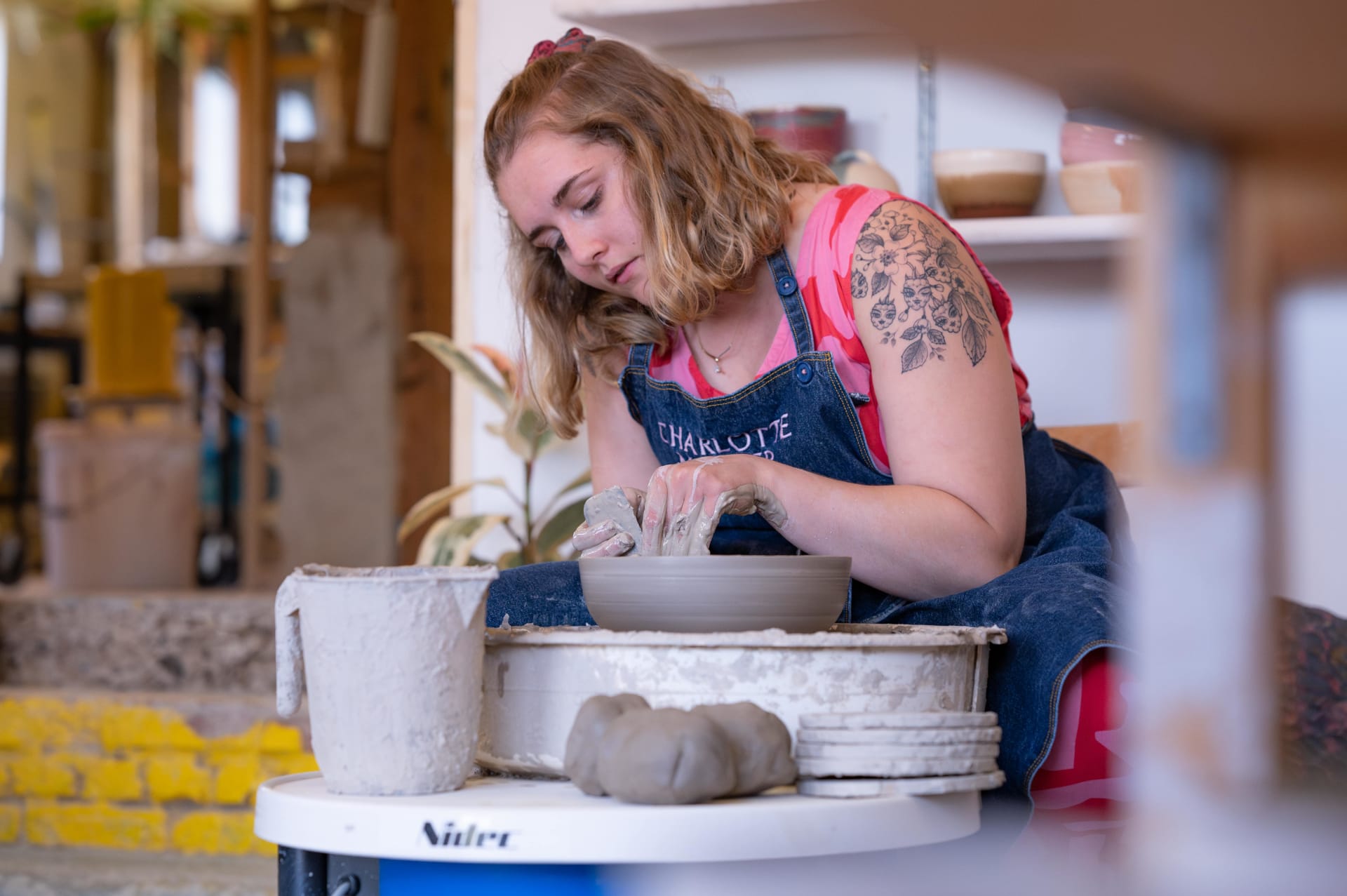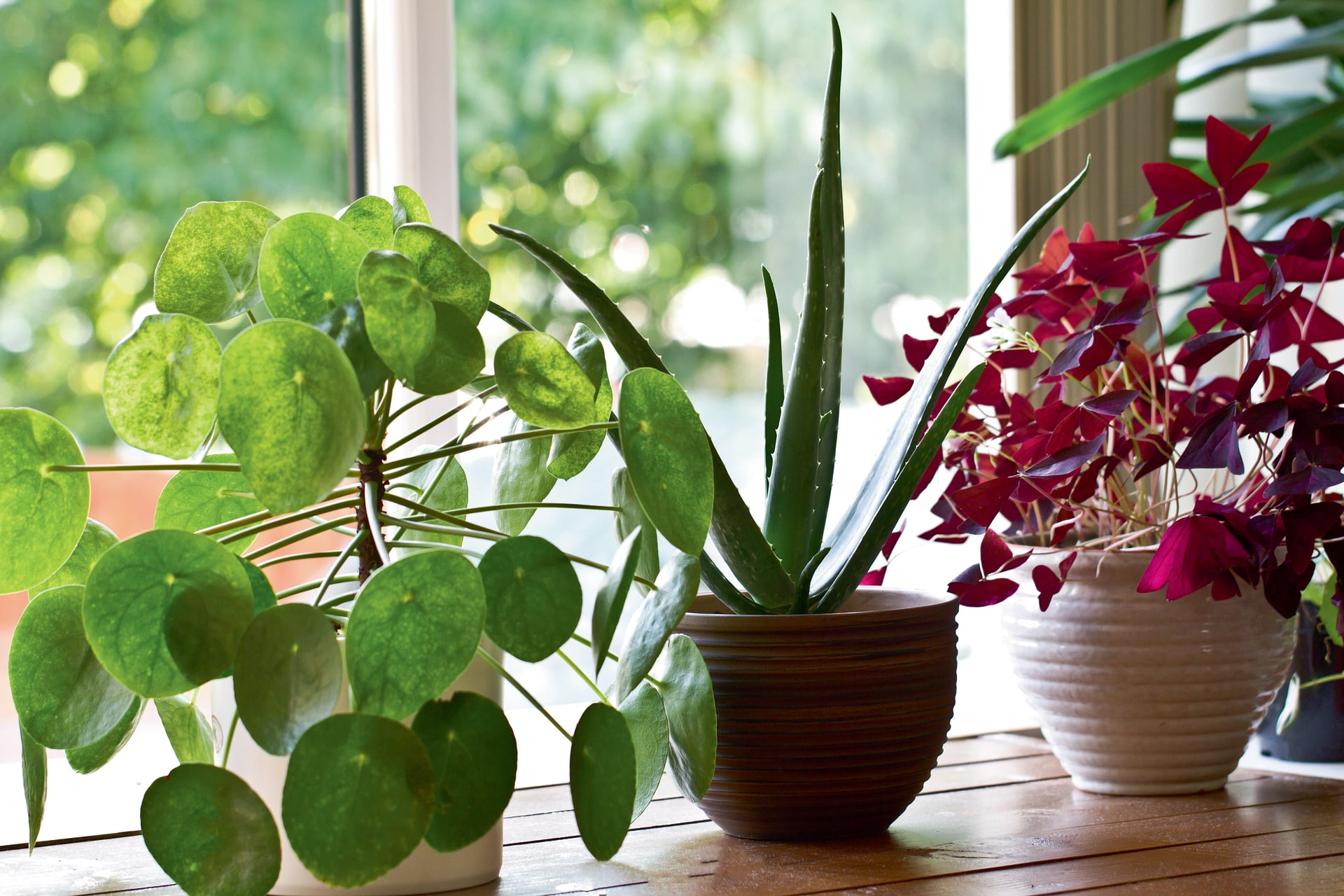Buying a home through shared ownership can be a great way to get on the property ladder without the full financial burden of owning outright. But the process behind the scenes—conveyancing—is different from standard purchases and can feel a bit overwhelming.
If you're considering shared ownership, it's important to understand how conveyancing works and what you need to look out for.
What Is Shared Ownership?
Shared ownership allows you to buy a share of a property, usually between 25% and 75%, and pay rent on the remaining portion. The housing association owns the rest. You can usually increase your share later through a process called staircasing.
How Conveyancing Works with Shared Ownership
Conveyancing is the legal process of transferring property ownership from one party to another. With shared ownership, it involves more steps and checks than buying a regular home. That’s where SAM Conveyancing comes in. They simplify the process by offering clear guidance and working with expert solicitors and surveyors.
Why Shared Ownership Is Different
Because you’re dealing with both a leasehold property and a housing association, your solicitor needs to check:
- Lease terms, including restrictions and obligations
- Rent agreements and how payments are calculated
- Staircasing conditions
- Maintenance and service charges
- Rights and responsibilities of both parties
Any mistake here can delay your purchase or cause issues later, so it's vital to work with specialists who know the process inside out.
Key Steps in the Shared Ownership Conveyancing Process
1. Get a Mortgage in Principle
Before anything else, you'll need a mortgage agreement in principle. This shows how much a lender is willing to offer you.
2. Apply Through a Housing Association
Once approved, you’ll apply for your chosen property through the housing provider. They’ll run affordability checks to make sure you can manage the payments.
3. Appoint a Conveyancer
Choose a solicitor or conveyancer who has experience in shared ownership.
4. Review and Sign the Lease
The lease is a legal contract. It covers your share, rent, staircasing, and your responsibilities as a leaseholder.
5. Handle the Legal Checks
Your conveyancer will:
- Review the lease
- Check the property title
- Conduct searches (local authority, drainage, etc.)
- Confirm that you’ve met all legal requirements
6. Exchange Contracts and Complete
Once everything is cleared, contracts are exchanged and you officially become a part-owner of the home.
Important Things to Know Before You Buy
- You’re buying a leasehold share, not freehold.
- You’ll pay rent on the part you don’t own.
- Staircasing isn’t always straightforward—each time you buy more shares, legal work is needed.
- Selling later means the housing association often has first refusal or the right to find a buyer.
Tips to Make the Process Smoother
- Work with professionals who’ve done this before.
- Ask questions if anything in the lease seems unclear.
- Get your mortgage and deposit sorted early.
- Use a quote calculator to budget correctly.
Shared Ownership Doesn’t Have to Be Complicated
Conveyancing for shared ownership isn’t as simple as a standard house purchase, but with the right support, it doesn’t have to be a hassle. Choosing the right professionals can save you time, stress, and costly mistakes. Make sure you understand each step and take the time to ask questions. Buying a home is a big step—get it right from the start.








